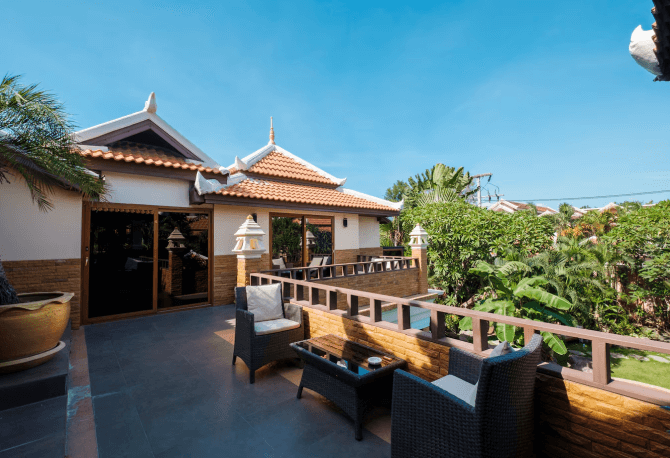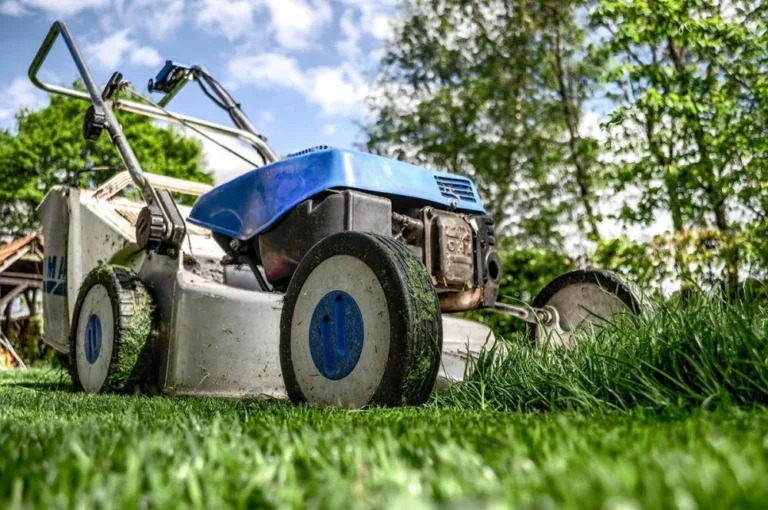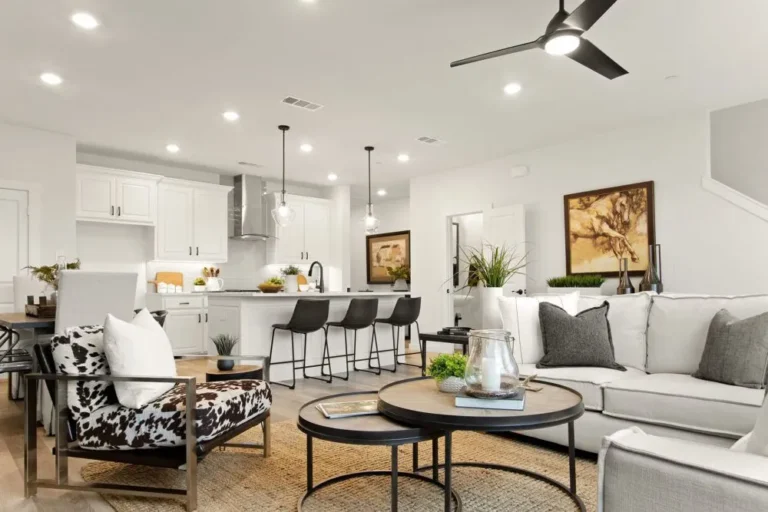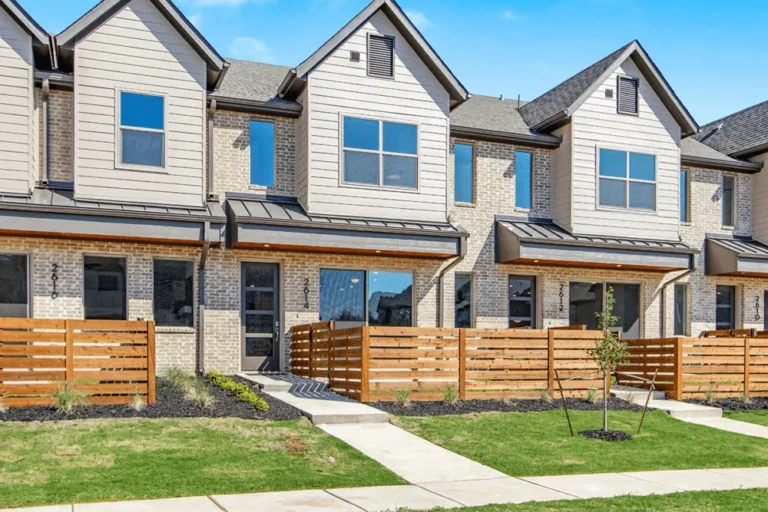In 18th Century Europe, expansive private lawn spaces began to appear, and the look was copied in the 19th Century in America, by past presidents, and then by the wealthy immigrants displaying their new status in society.
This private estate lawn ran contrary to the shared public park movement championed by Frederick Law Olmsted, who helped create north-eastern communities with smaller lots and communal parks. He later went on to design Central Park in Manhattan which acts as a natural relief from the dense city dwellings, and is every bit as good today as when it was first built.
After WWII, the federal government financed low cost mortgages and the advent of production housing communities were established along with America’s suburbs. The homes in that era were adorned with reasonable private lawn sizes and corresponding modest home sizes.
The size of homes has doubled in the past 50 years, along with the size of the private lawn. Lawns currently cover a land area larger than the State of Texas. The non-edible lawn is the largest crop grown in America. At a cost of 200 gallons / day (73,000 gallons / year) for the average lawn, that is a tremendous use and cost of water. Is Texas far behind California’s water rationing where water shortages have caused rationing and billboards asking residents to embrace brown as the new green.
Furthermore, today’s two income households and smaller family sizes have less leisure time to maintain those private lawns, and prefer to hire the lawn care if they can afford it.
So the question we should all be asking ourselves, is the size of our private lawns worth the costs and hassle? Perhaps, smaller lawns and shared park spaces are a better model.
At Grenadier Homes, part of our mission is to do what is right for everyone we touch and everywhere we build. As a result, we locate our smart sized homes on smaller lots in planned communities with shared park spaces and other shared amenities. We use drought tolerant native perennials in our landscapes. With smaller lots and professional management our homeowner’s experience significantly lower water bills and lower lawn maintenance costs.
We thank our homeowners for helping us contribute to hopefully making the world better for tomorrow’s generations.






